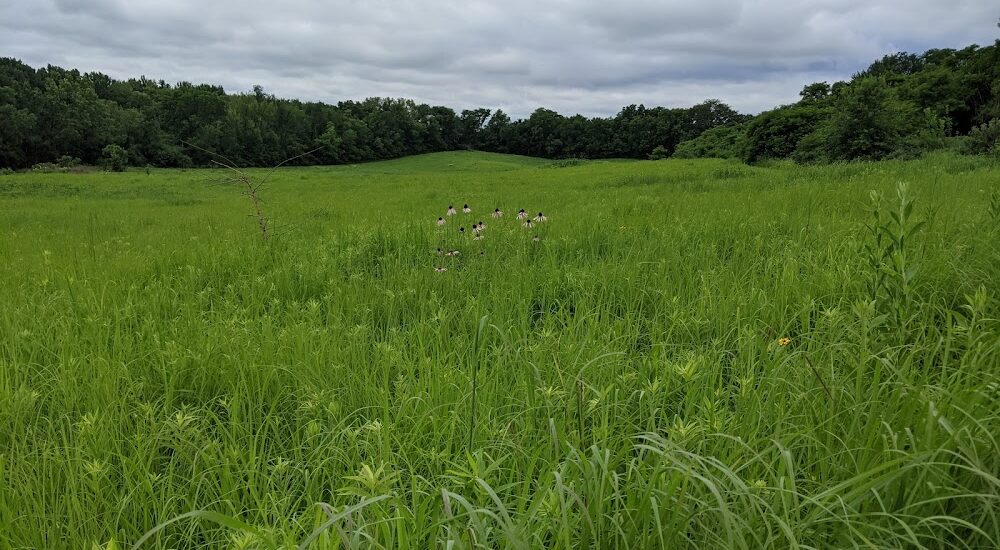Welcome to the Albany Mounds State Historic Site, a place where history stretches back over 10,000 years. Situated near the Mississippi River in Albany, Illinois, this site offers a glimpse into the lives of the ancient Hopewellian culture. These remarkable people, who flourished between 200 BCE and 300 CE, were known for their impressive mound-building practices. Originally, the site boasted ninety-six mounds, though only forty-seven remain today, with some suffering the effects of time and nature.
The mounds, some reaching up to twelve feet in height, were constructed primarily for burial purposes. These burial sites give us a window into the past, revealing the complex social and trade networks of the Hopewell people. Artifacts found within the mounds, such as jewelry, pottery, and mica plates, indicate that the Hopewell engaged in extensive trade, sourcing materials from distant regions. This suggests a vibrant culture with connections spanning vast distances.
The site itself underwent a significant restoration in the 1990s, aiming to return it to its original state. Today, visitors can explore over two miles of trails, observe local wildlife, and learn about the site’s rich history through interpretive signs. As you walk these trails, imagine the bustling activity of the Hopewell community, their ceremonies, and the reverence with which they constructed these monumental earthworks.
Notably, the Albany Mounds are older than the more widely known Cahokia site, highlighting the long-standing significance of this region in prehistoric North American history. The Hopewell culture laid foundations that would influence subsequent societies, shaping the cultural landscape of the Midwest.
As you explore this historic site, consider the ingenuity and resilience of the Hopewell people. Their legacy, encapsulated in these mounds, continues to intrigue archaeologists and visitors alike, offering insights into a vibrant culture that thrived over two millennia ago.





